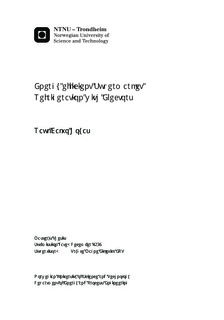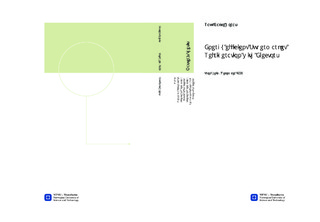| dc.description.abstract | Nowadays, the use of R744 or carbon dioxide has been increased as a working fluid in many refrigerant systems. Nevertheless, one disadvantage for use this refrigerant is the thermodynamic losses produced in the refrigerant system when the fluid is throttled. These losses are increased if the refrigerant system is working in transcritical operation conditions. But, there is an option and it consists of using an ejector instead of the conventional expansion valve in order to reduce the energy losses and to increase the energy efficiency of the R744 refrigerant system. Thus, the R744 ejector refrigeration system is converted into a real possibility comparing to the conventional refrigeration system and it provides a significant reduction of the environmental contamination.
This work has been performed with the purpose to increase the knowledge about how the ejector refrigeration system works at different operation conditions by means of an experimental analysis. Also, the test facility used in this experimental analysis is a two phase ejector refrigeration system with R744 as a working fluid. The experimental results obtained show that the ejector works more efficiently using a pressure lift between 4 and 9 bar and with a entrainment ratio from 0.10 to 0.48, approximately. Furthermore, the ejector efficiency achieves the higher values working with the pressure ratio between 1.1 to 1.35, and the highest efficiency is found at the pressure ratio of 1.275, approximately. Besides, it is demonstrated that working at high inlet temperatures the ejector efficiency is better than working at low temperatures. This is due to the fact that more energy is saved by the ejector working at high temperatures because the expansion work is bigger than using the ejector at low temperatures. Therefore, it is shown that the ejector performs more efficiently in warm climates than running the ejector in cold climates. | |

